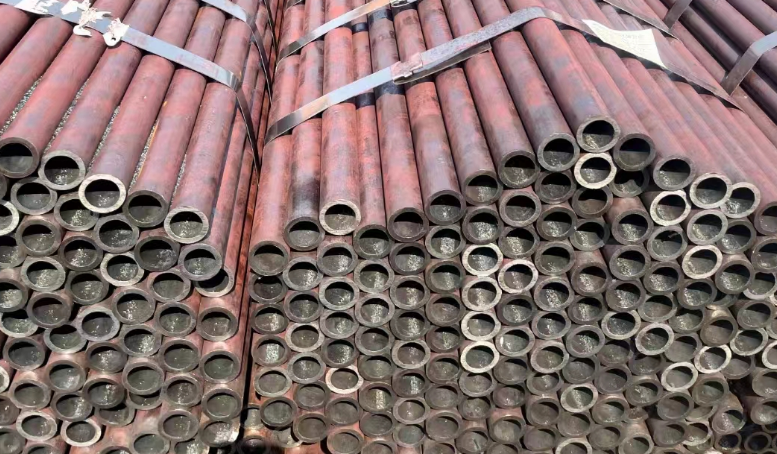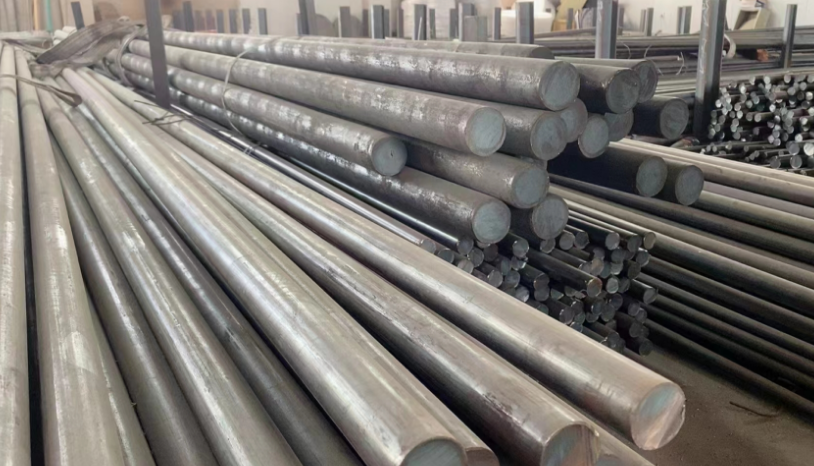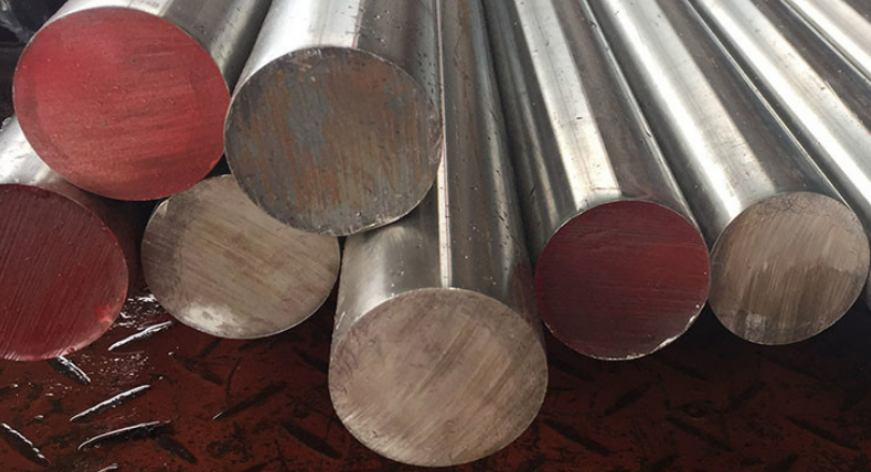As a seasoned expert in metallurgical engineering from Huaxia Steel, I am often consulted on the differences between various steel grades and their respective applications. Today, we delve into the intricacies of two widely used steel grades: 4140 steel vs 1018 steel. Understanding the key differences between these two alloys is crucial for making informed decisions in various industrial applications.

4140 Steel vs 1018 Steel – What’s the Difference?
4140 Steel vs 1018 Steel – 1. Definition
4140 Steel
4140 steel, also known as chromium–molybdenum steel, is a low-alloy steel that offers excellent strength, toughness, and wear resistance. It contains chromium and molybdenum as its primary alloying elements, which improve its mechanical properties and resistance to corrosion.
1018 Steel
1018 steel, also known as low-carbon steel, is a general-purpose carbon steel that offers good strength and ductility. It has a relatively low carbon content, which makes it easy to weld and form into various shapes and sizes.
4140 Steel vs 1018 Steel – 2. Key Features
Key Features of 4140 Steel:
- High Strength and Toughness: The chromium and molybdenum content of 4140 steel give it superior strength and toughness compared to other carbon steels. This allows it to withstand high loads and impact forces without breaking or fracturing.
- Good Wear Resistance: The alloying elements in 4140 steel improve its resistance to wear, making it suitable for applications where friction and abrasion are common occurrences.
- Good Machinability: 4140 steel can be easily machined, drilled, and turned, making it a popular choice for manufacturing complex components.
- Heat Treatable: This steel can be heat-treated to further enhance its mechanical properties, such as hardness and strength.
Key Features of 1018 Steel:
- Good Strength and Ductility: The low carbon content of 1018 steel gives it good strength and ductility, allowing it to be easily formed and shaped into complex geometries.
- Excellent Weldability: This steel can be easily welded using various welding techniques, making it suitable for applications that require welding or joining of parts.
- Good Machinability: 1018 steel offers good machinability, making it suitable for manufacturing parts that require precise machining and finishing.
- Cost-Effective: Compared to other alloy steels, 1018 steel is typically more cost-effective due to its simplicity and widespread availability.
4140 Steel vs 1018 Steel – 3. Common Applications
Common Applications of 4140 Steel:
- Automotive components
- Gears and shafts
- Machine tool components
- Heavy-duty bearings
- Aerospace components
Common Applications of 1018 Steel:
- Structural components
- Bolts and nuts
- Machine parts
- General fabrication
- Automotive parts (less demanding applications)
4140 Steel vs 1018 Steel – 4. Comparison
When comparing 4140 steel and 1018 steel, several key differences emerge:
- Strength and Toughness: 4140 steel offers superior strength and toughness compared to 1018 steel due to its chromium and molybdenum content. This makes it better suited to withstand high loads and impact forces.
- Wear Resistance: 4140 steel has better wear resistance than 1018 steel, making it a better choice for applications where friction and abrasion are concerns.
- Heat Treatability: 4140 steel can be heat-treated to further enhance its mechanical properties, while 1018 steel is not typically heat-treated.
- Machinability: Both 4140 steel and 1018 steel offer good machinability, but 1018 steel may be slightly easier to machine due to its lower carbon content.
- Cost: 1018 steel is typically more cost-effective than 4140 steel due to its simpler composition and widespread availability.
Conclusion
In summary, 4140 steel and 1018 steel each have unique characteristics that make them suitable for different applications. 4140 steel offers superior strength, toughness, and wear resistance, making it ideal for high-stress and abrasive applications. On the other hand, 1018 steel offers good strength, ductility, and weldability, making it a cost-effective choice for general-purpose applications.
Thank you for reading our article and we hope it can help you to have a better understanding of the differences between 4140 Steel vs 1018 Steel. If you are looking for 4140 Steel & 1018 Steel suppliers online now, please don’t hesitate to contact Huaxia Steel.
As a leading supplier of carbon steel, alloy steel, and tool steel from Shanghai China, Huaxia Steel provides customers with high-quality carbon steel, alloy steel, tool steel, carbon steel tubes, and carbon steel pipes at a very competitive price.








